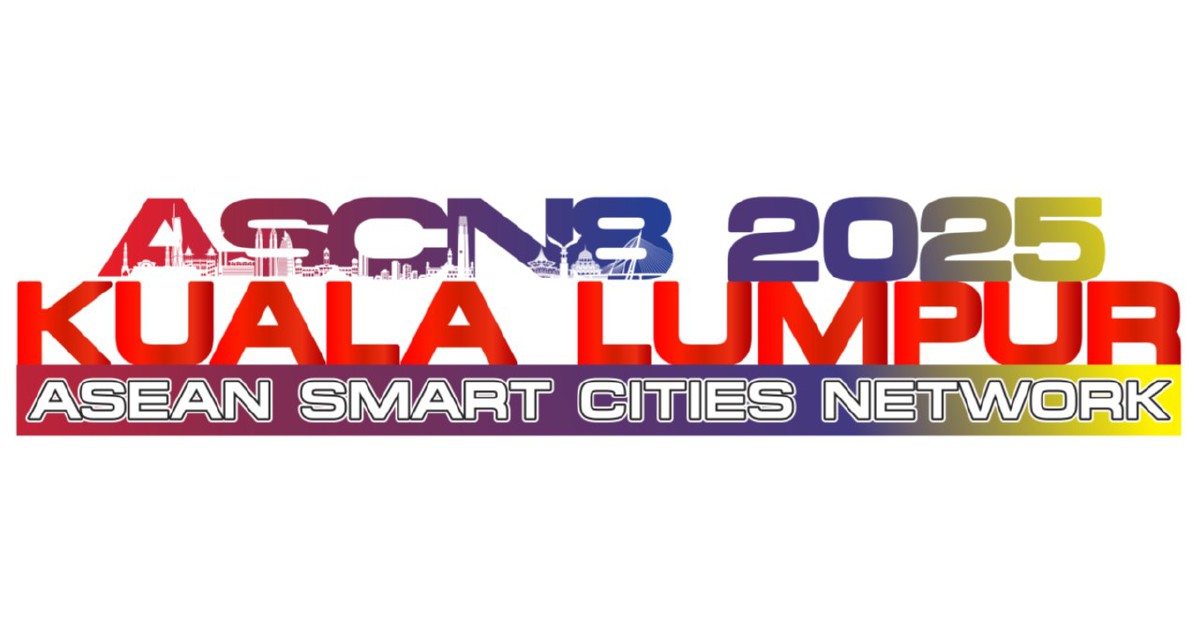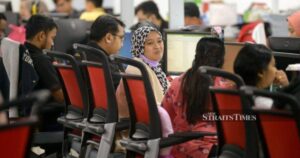KUALA LUMPUR: More than half of Asean’s 680 million people now live in cities. Urban life drives jobs, innovation and culture, yet it also strains housing, transportation, safety and the environment.
Climate events are more frequent; digital gaps still lock out too many households; resources are tight.
The 8th Asean Smart Cities Network (ASCN8) lands exactly where it should: at the intersection of high ambition and everyday life.
Malaysia is chairing and hosting this year’s meeting, and the choices made in KL are expected to shape how our families move, work, breathe, feel safe and find opportunity in the cities we call home.
The centrepiece of the meeting is the anticipated endorsement of the Asean Smart City Action Plan (ASCAP) 2026–2035: a practical, long-horizon roadmap for cities to become more resilient, inclusive and competitive, without leaving anyone behind.
Malaysia’s work has been guided by the Malaysia Smart City Framework (2019–2025), which organises efforts under seven pillars: Smart Government, Economy, Environment, Mobility, Living, People and Well-being.
The framework is about making daily life smoother and fairer: whether that’s shorter commutes, safer streets, cleaner air, or easier access to public services.
Cities such as Kuala Lumpur, Johor Baru, Kulim, Kota Kinabalu, Kuching, Cyberjaya, Putrajaya, Melaka and Penang have tested new ways of solving old problems: improving how we move around, how our utilities are run, how we prepare for floods and heat, and how citizens can speak up and be heard.
Cyberjaya’s early MSC initiatives, Smart Selangor and the Low Carbon Society Blueprint in Iskandar Malaysia, reflect a simple truth: when technology meets thoughtful planning, we get results people can feel.
WHAT ASEAN HAS BEEN BUILDING TOGETHER
Since 2018, the ASCN has provided a flexible, city-led platform where capitals and secondary cities can learn from each other and co-create projects with help from partners like Australia, UNDP and JETRO.
Twenty-six pilot cities have taken that spirit and turned it into action, from shared data approaches to financing models that make projects bankable. The result is not a one-size-fits-all template, but a community of practice where no city is left behind.
STEERING WITH PEOPLE AT THE CENTRE
The Housing and Local Government Ministry anchors Malaysia’s smart city agenda by setting national policy direction, aligning housing, local government and urban services, and convening partnerships across federal, state and municipal levels.
The ministry issues frameworks and standards, strengthens local authorities through funding and capacity-building, and steers implementation so that technology solutions advance liveability, safety, inclusivity and climate resilience.
Through PLANMalaysia (the Federal Department of Town and Country Planning), smart city priorities are embedded into statutory spatial plans and other digital solutions to empower local governments and communities, demonstrating that technology, when paired with sound governance and inclusive planning, can be a powerful catalyst for equitable progress.
Malaysia’s election as president of the Third Session of the UN-Habitat Assembly (2025–2027) marks a historic milestone for both Malaysia and Asean. The country will also serve on the Executive Board from 2027 to 2029, reinforcing its leadership role in global urban development.
Nga has championed actionable, climate-resilient urban strategies and forged partnerships with global networks such as ICLEI – Local Governments for Sustainability, engaging actively at the city level.
This enhanced international standing not only elevates Malaysia’s profile, but also strengthens Asean’s collective voice in shaping sustainable urbanisation worldwide.
ASEAN SMART CITY ACTION PLAN 2026–2035
ASCAP distils years of listening, testing and refining into a plan that cities can use. Here is what it aims to make easier over the next decade:
l Connection that works for everyone. Expand digital and physical infrastructure so people in underserved areas aren’t left out of jobs, education and essential services.
l Neighbourhoods that withstand shocks. Scale green, adaptive solutions: better drainage, cooler streets, smarter utilities to protect homes and livelihoods as climate risks rise.
l Financing that unlocks real projects. Use innovative tools like green bonds, microfinance, and blended finance so that good ideas do not die on the drawing board.
l Governance you can trust. Build inclusive, transparent systems that empower citizens, protect data and grow the skills of tomorrow’s urban leaders.
PLANMalaysia develops planning guidelines (including transit-oriented development, public space and data-enabled planning), operates urban indicator systems such as MURNInets and the Malaysian Urban Observatory (MUO) to track and analyse city performance, and supports geospatial and data platforms that enable evidence-based decisions by local councils.
The MUO, in particular, serves as a national hub for urban data, integrating information from multiple agencies to monitor trends, support policy formulation, and improve urban governance.
URBANICE Malaysia, the ministry’s centre of excellence for sustainable cities, translates policy into practice.
It localises the SDGs with cities (including VLR/Malaysia SDG Cities), advances low-carbon and climate-resilience programmes, builds municipal skills, convenes knowledge exchanges such as the Malaysia Urban Forum, and helps shape bankable, community-centred pilot projects with industry and civil society.
Together, the ministry provides the mandate, PLANMalaysia provides the planning instruments, and URBANICE provides delivery support so Malaysian cities can implement people-centred, climate-aware and data-driven solutions at scale.
This approach now extends globally. Malaysia’s recent election as president of the UN-Habitat Assembly (2025–2029), represented by Housing and Local Government Minister Nga Kor Ming, signals trust in Malaysia’s leadership.
In the assembly’s closing session, Nga called for strengthening UN-Habitat as a place for both thinking and doing, so that good ideas become real improvements on the ground.
CONNECTING POLICY TO DAILY LIFE
Under Nga, the ministry has positioned the smart city agenda as a key driver for achieving the Sustainable Development Goals (SDGs). This translates into fostering safer neighbourhoods, expanding digital infrastructure, championing sustainability, and placing health and well-being at the heart of urban development.
For Nga, technology is not the headline; people are. When local councils are equipped with the right tools and data, and when communities help shape priorities, progress becomes faster, deeper and more enduring.
Since he was appointed minister in December 2022, Nga has made smart cities a central pillar of Malaysia’s SDG strategy while advancing reforms in urban safety, digital infrastructure, sustainability and public health. He has accelerated the rollout of 5G.
LOOKING AHEAD
As the ASCN enters its second decade, Kuala Lumpur is both a checkpoint and a launchpad. The decisions taken here will be felt in school drop-offs and morning commutes, in safer streets during monsoon season, in the dignity of decent housing, and in the confidence that a child in a smaller town can access the same digital opportunities as one in a capital city.
When people are at the centre, and when technology is paired with empathy and planning with follow-through, Asean can show the world how smart cities become great cities: equitable, sustainable and inspiring for all.
© New Straits Times Press (M) Bhd






